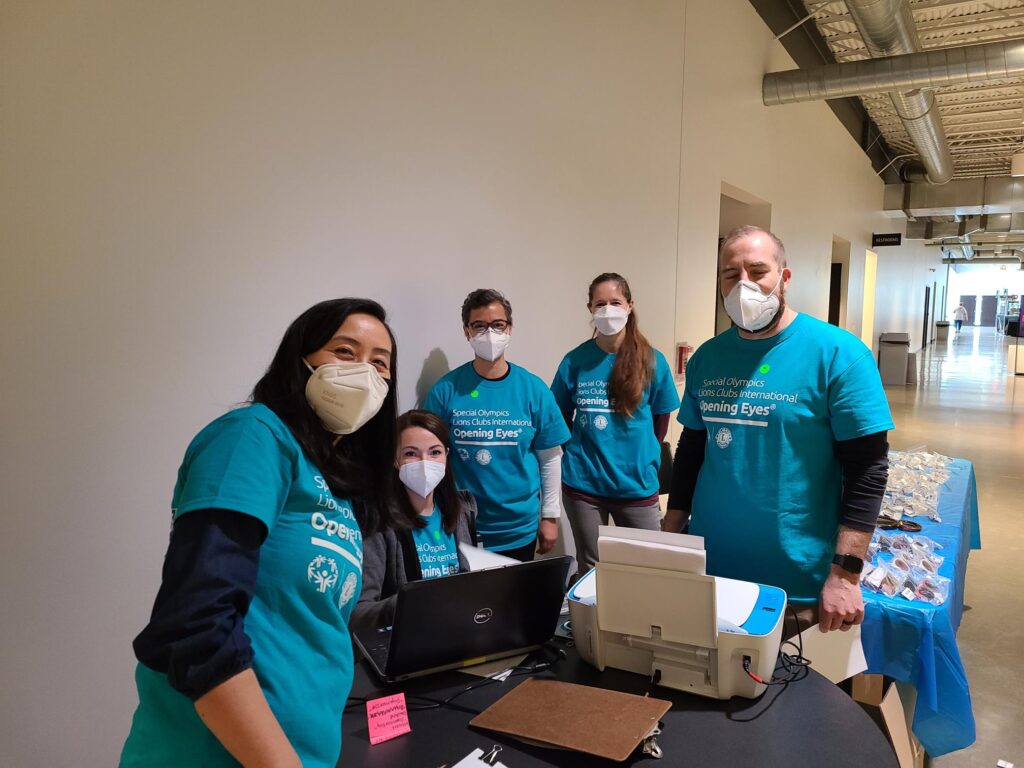Testing for More than 20/20
20/20 just means that the person can clearly see a certain letter on the standard eye chart (equivalent to what a person with normal vision should be able to see at 20 feet). There’s so much more to healthy vision than 20/20!
Our comprehensive vision evaluation in Atlanta goes beyond 20/20 to evaluate:
- Visual Acuity at Distance and Near – Is vision clear and single at far and close distances? Clear sight at short distances is critical to reading, writing, close work, computer use, etc.
- Eye Teaming Skills – Do the two eyes aim, move, and work as a coordinated team? Weaknesses in binocular (two-eyed) vision and eye teaming skills can cause numerous difficulties, including convergence insufficiency and poor depth perception.
- Eye Focusing Skills – Do the eyes maintain clear vision at varying distances? Rapid, automatic eye focus adjustment is critical to learning, reading, writing, sports, etc. Deficiencies can cause visual fatigue, reduced reading comprehension, and/or avoidance of close work or other activities.
- Eye Movement Skills – Do eye movements show adequate muscle control, tracking, fixation, etc.? In the classroom, normal eye movements allow rapid and accurate shifting of the eyes along a line of print or from book to desk to board, etc. In sports, efficient eye movements contribute to eye-hand coordination, visual reaction time, and accurate tracking.
- Visual Processing Skills – Is there a difficulty in memorizing what has just been read, or a difficulty with most mathematical concepts in geometry, calculus, trigonometry, etc.? Visual information processing is the ability to accurately extract and organize visual information from the environment. It is the brain’s interpretation of what our eyes are seeing.
- Visual Motor Integration – Is the handwriting very poor or slanted, or is there is difficulty when copying from the board in a classroom? This is the ability to accurately coordinate visual skills with motor skills.
- Reversal Frequency – Is confusion or reversal of letters or words (b, d; p, q; saw, was; etc.) within the normal ranges for a given age? Past the age of seven, frequent visual and written reversals might indicate a visual perceptual dysfunction.
The vision evaluation will help determine if vision therapy will be the best treatment option for you.
There’s more to healthy vision than 20/20 eyesight! Learn more about conditions and symptoms of visual problems which affect reading, learning, school and sports success.





